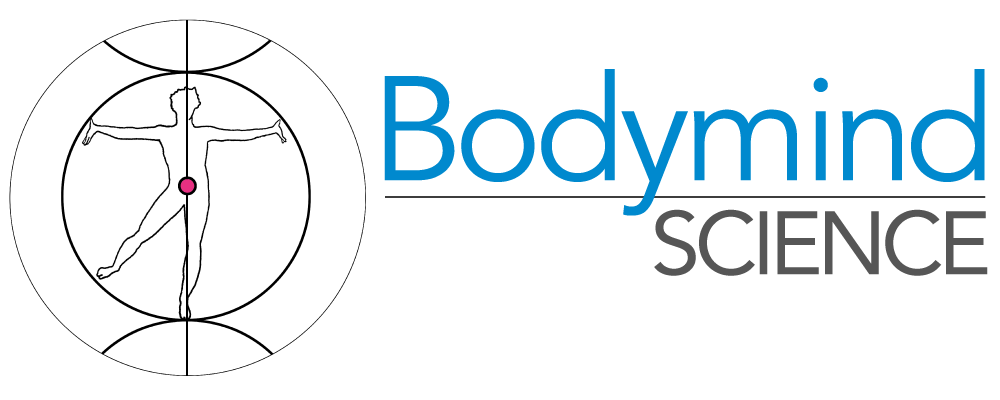 Bullying: Anatomy of the Bully
Bullying: Anatomy of the Bully
Mardi Crane-Godreau, PhD
Recently, I’ve been on a deep dive into expert opinions on bullying, its causes, effects and methods. Fortunately, there is consensus on a number of points, irrespective of whether the bullying is associated with schools, workplace or larger social groups.
Bullies have specific characteristics and act in predictable ways. There also appears to be emerging evidence that awareness, education and speaking out are among the effective tools that any group can employ to stem this destructive behavior. Equally important, there is strong evidence that resilience against bullying can be developed through emotional intelligence, self-knowledge, self-awareness, self-respect and self-efficacy.
What is bullying? Experts seem to agree that bullying involves the persistent use of threat, force or coercion to intimidate or abuse the target in order to dominate an individual or a group. Bullying can be seen in terrorism, where a few individuals seek to impose control on another group, by imposing fear, through threat of harm, misinformation and isolation. The pattern is not that far removed from bullying in schools or the workplace where one or more bullies seek dominance over a target individual or group, isolating them from normal activities, sometimes by spreading rumors (misinformation) that undermine self-confidence and/or by threatening them with emotional, social or physical harm. Bullying behavior seems to persist; if one target proves to be resilient and impervious, the bully or bullies move on to a new target.
Scientific and social science literature report two distinct types of bullies. One is the individual who is only involved in being a bully. The other type of bully is the victim-bully, a person who is both an active bully and who is also being bullied by others. An apparent root cause of bullying is that bullies gain self-gratification through their acts of attempted domination and control of others. Another likely cause is that bullying may involve unconscious projection of anger or retribution for some unrelated trauma or harm from the bully’s past.
Rationalization for bullying should not be confused with cause or ‘reason for bullying’. Common rationalizations may include differences of workplace job titles, schoolroom strengths or weaknesses, differences in social class, race, religion, gender, sexual orientation, etc. Physical appearance, behavior, personality and body language, as well as reputation, strength, size or ability can be the rationale for targeting an individual by bullies. Persistent aggression against and abuse or isolation of diverse group members are clear forms of bullying.
What can be done about bullying? Resilience toward the aggression of bullies AND the reduction of bullying behavior are reported to be associated with a factor called self-efficacy in conjunction with a balanced sense of self-esteem. According to respected psychologist Albert Bandura, self-efficacy is the extent to which a person believes in their ability to get things done. Self-efficacy works in conjunction with a balanced sense of self-worth, to change the inner motivations that seem to foster bullying behaviors. It changes both vulnerability as a target and the ability of the bully to grow beyond the need to harm or dominate others.
Bullying is a lose-lose proposition. No one gains. The thought processes and actions of a bully can have a profound negative effect on both the target and the bully, some of which can have life-long implications. Awareness, education, calling out the situation and support of the targets are all steps that can be taken to stem bullying. We also need more research into the deep inner causes of bullying and opportunities for mitigation to change these behaviors.
The Resilient Family: Happy Child app was designed to help individuals and families to cultivate self-regulation. It is available for both Apple and Android devices. The app provides training that works with the nervous system to develop self-awareness and self-efficacy, supporting well-being and resilience.




You must be logged in to post a comment.